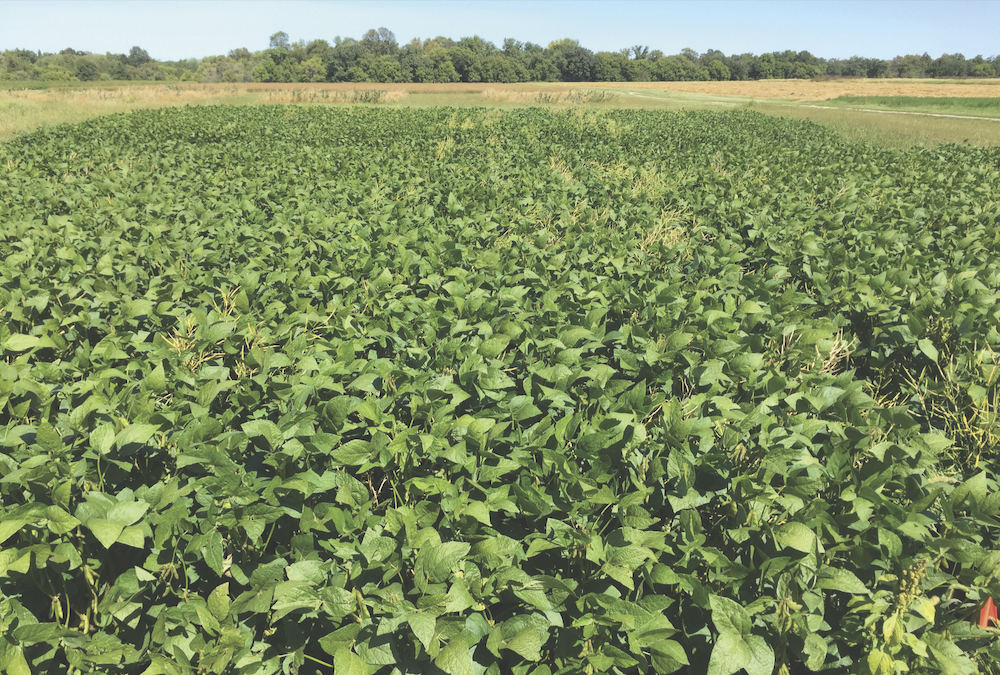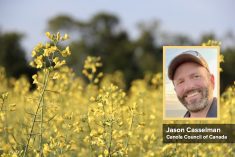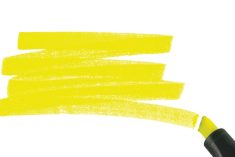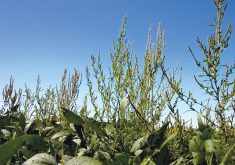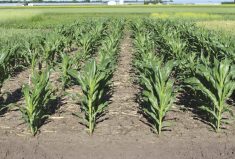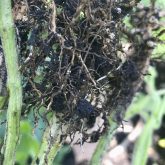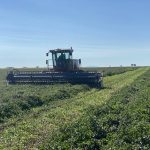We all know that canola likes a good shot of nitrogen. Unfortunately, that includes canola volunteers, and a study says you may be better off to starve them and let your soybeans compete on their own.
Charles Geddes, research scientist of weed ecology and cropping systems at Agriculture and Agri-Food Canada’s Lethbridge Research and Development Centre, recently published findings of 2015-16 research that compared different rates of spring-applied N to see how it would affect the competition between soybean and volunteer canola.
The goal was to test whether the level of soil mineral N affected soybean yield in the presence of four different populations of volunteer canola, compared with a weed-free control.
Read Also

Ontario farmers partner for success
Ontario business partners, Matt Bergman and DJ Wassenaar, have been farming together for 10 years. Their focus on integrating unconventional…
Five rates of urea (0, 22.5, 45, 90 and 180 kg per hectare) were applied before seeding soybean in three different environments at Carman, Man.
“In this study we did a whole series of rates of nitrogen applied in the spring to simulate different levels of residual nitrogen in the soil, and determine how that would impact the competitive balance between soybean and volunteer canola,” Geddes says.
“We framed it based on an ecological hypothesis called the ‘Resource Ratio Hypothesis,’ which essentially predicts that if two neighbouring species are competing, the species that can survive at the lowest level of that particular resource will eventually outcompete its neighbour species.”
He says that since soybean and other legumes or pulses can fix at least some of their nitrogen, they can potentially outcompete weeds that require nitrogen for growth.
The study chose to test the hypothesis using soybean and volunteer canola, but because most weeds don’t fix nitrogen, the results could apply to other species.
Soybean yield was not affected by N rate when there was no volunteer canola, but if there was, yield declined by 2.6 kg per hectare (2.3 pounds per acre) for every 1 kg per ha increase in soil mineral N. In the lowest-N conditions (30 kg residual N per ha), soybean yield was highest — 3,350 kg per ha (49.8 bu./ac.) and volunteer canola production was lowest.
The lowest-N plots had 17 per cent more yield than the highest-N plots.
“In the absence of weeds, we didn’t see a response of soybean yield to this gradient of nitrogen treatments that we were applying, from low to high nitrogen. But when volunteer canola was present, we saw a linear decline in yield as nitrogen increased,” Geddes says.
“For how much a farmer is getting back and the margin they’re dealing with when they’re growing some of these crops, that’s a pretty significant contribution.”

Strategies to reduce residual N
The researchers say tailoring weed management in legume crops around their capacity for N fixation could provide them with a competitive advantage.
“Because (a crop like soybean) is capable of outgrowing and outcompeting weeds (in a low N environment), that gives farmers a clue of what is about to happen,” says Rob Gulden, a weed ecologist in the U of M department of plant science, who supervised the study.
“I would suggest that farmers soil test in the spring and plant legume crops into a low-nitrogen soil. The lower the residual nitrogen, the better this principle is going to work. That’s assuming that they’re not adding mineral nitrogen sources. People who grow field beans probably do, and then this whole thing goes out the window, but any leguminous crop that is self-reliant on nitrogen on a field that has a lowest residual soil nitrogen will be where these principles will apply the best.”
There are also some strategies such as a cover crop to drive down available spring nitrogen. “There’s research that suggests using a fall rye cover crop helps immobilize some of that available nitrogen going into the spring,” Geddes says. “It’s tying up the nitrogen so it’s not as available to the weeds that are growing in the legume crop.”

Earlier research also looked at the effectiveness of adding starter fertilizer to legume crops to get them up and growing earlier in the spring, but results have been variable. Geddes’s study suggests that there could be a yield loss from greater weed competition.
“At least from a weed management perspective, starter fertilizer might not be a positive thing,” he says.
Reducing volunteers
The study also looked at volunteer canola seed production, and the good news is that under lower-nitrogen conditions, soybean can dramatically reduce it.
“Canola seed production hinges heavily on available soil nitrogen, and we saw a 19 to 74 per cent decline in volunteer canola seed production in the lower-compared with the higher-nitrogen environments,” Geddes says.
That’s important because canola seed can enter a secondary dormancy which allows it to persist in the seed bank for up to three years, and one plant can produce a lot of seed.
“Anything that you can do to stop or help prevent that seed from going into the seed bank in the first place goes a long way to managing populations down the road,” Geddes says.
The take-home message is that anything a farmer can do to minimize residual soil N will help manage weeds in legume crops. Of course, that means farmers must know their residual soil N levels, so a spring soil test is vital.
“Doing a spring soil test will give farmers an idea of what they have and what effect the residual nitrogen will have going into a soybean or a legume crop,” Gulden says.
Why a spring test is best
Testing soil to determine residual N is better done in the spring because there will be N losses from various processes over the winter.
“Cover crops will take up nitrogen; some of it will be lost as nitrates, and as the plant material dies some of it will be tied up,” says University of Manitoba weed scientist Rob Gulden. “There are a lot of processes that start between fall and spring that will really weigh on the amount of residual N present.
Conditions from the previous season will also have an effect on carryover N. These can easily be overlooked.
“For example, if you applied a lot of nitrogen the previous year, then you had a drought and the crop did not use a lot of that nitrogen, it may be sitting there,” Gulden says. “If you want go into that field again with a legume crop, a spring soil test will give you a good clue as to what those nitrogen levels are and give you a hint to what that competition between the crop and the weeds may be.”
– This article was originally published in the 2023 edition of the Soybean Guide.


